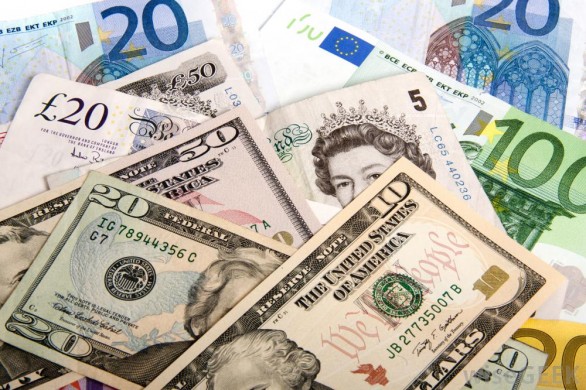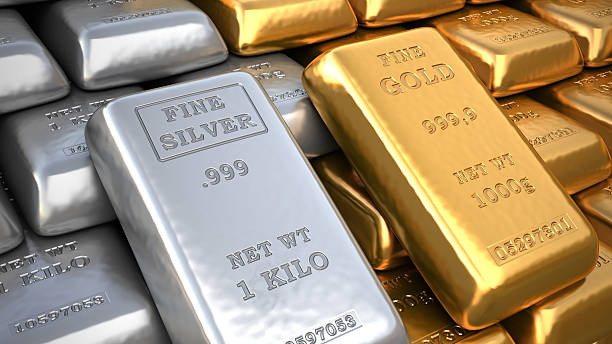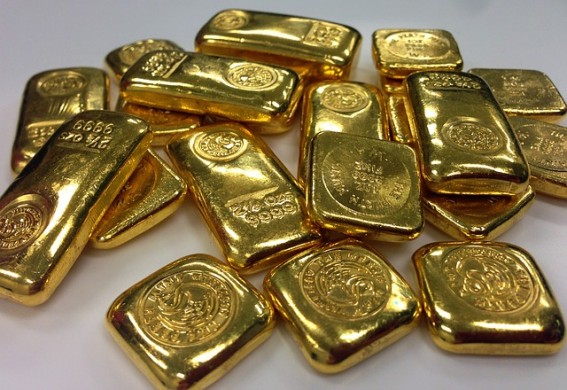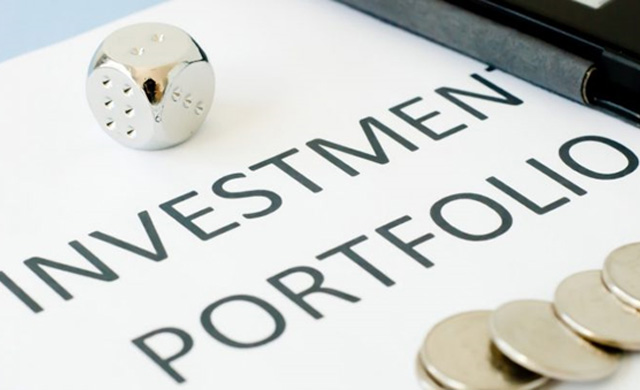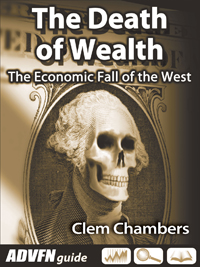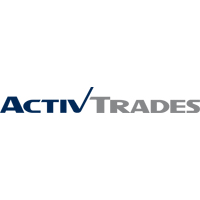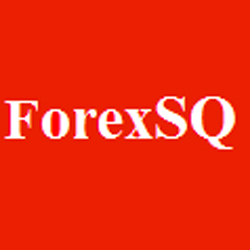For the first time since March 2022, the Fed is taking a pause, leaving the possibility of a rate hike at the July meeting: if there is no significant progress in reducing inflation and cooling labor markets or the economy falls into recession, the rate could be 5.5-5.75%.
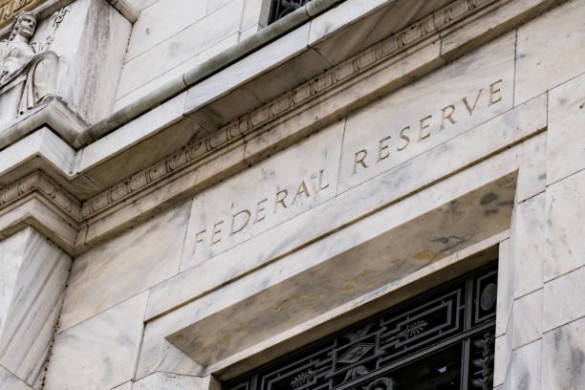
Overall, the macroeconomic picture remains mixed: while the US consumer price index fell to 4% y/y in May from 4.9% in April, core inflation only slowed from 5.5% to 5.3% y/y, and the monthly growth rate remained at 0.4%, according to the economic calendar.
As for the labor market, the situation is also ambiguous, with the number of nonfarm payrolls rising strongly in May. Still, the unemployment rate reached its highest level in seven months (3.7%). Unsurprisingly, the regulator remains within the bounds of the QT policy.
But why pause if the targets are still to be met? To get more data and consider its impact on monetary policy. In addition, Fed members may fear a collapse of the banking sector and commercial real estate market.
As for Europe, the ECB is raising lending rates to 4-4.25% and deposit rates to 3.5% for the eighth time in a row, the highest level since May 2001. This is the fastest tightening in the history of the regulator.
More importantly, the ECB expects inflation to remain elevated even longer, averaging 5.4% in 2023, 3% in 2024, and 2.2% in 2025, meaning a return to the target range is expected in two years. Markets (SX5E), however, see no reason to worry.
For now, markets are betting on another 25 basis point rate hike in July. The ECB will stop reinvesting in the asset purchase program (APP) starting in July 2023 but will continue to reinvest through December 2024 in the pandemic asset purchase program (PEPP).
During the press conference, Christine Lagarde promised that the restrictive policy would last as long as necessary to return inflation to 2%. However, the regulator could adjust the program depending on incoming data and risks to financial stability.

 Hot Features
Hot Features

